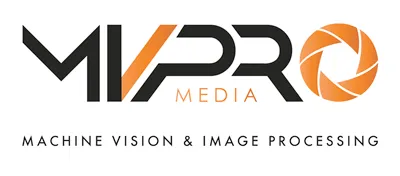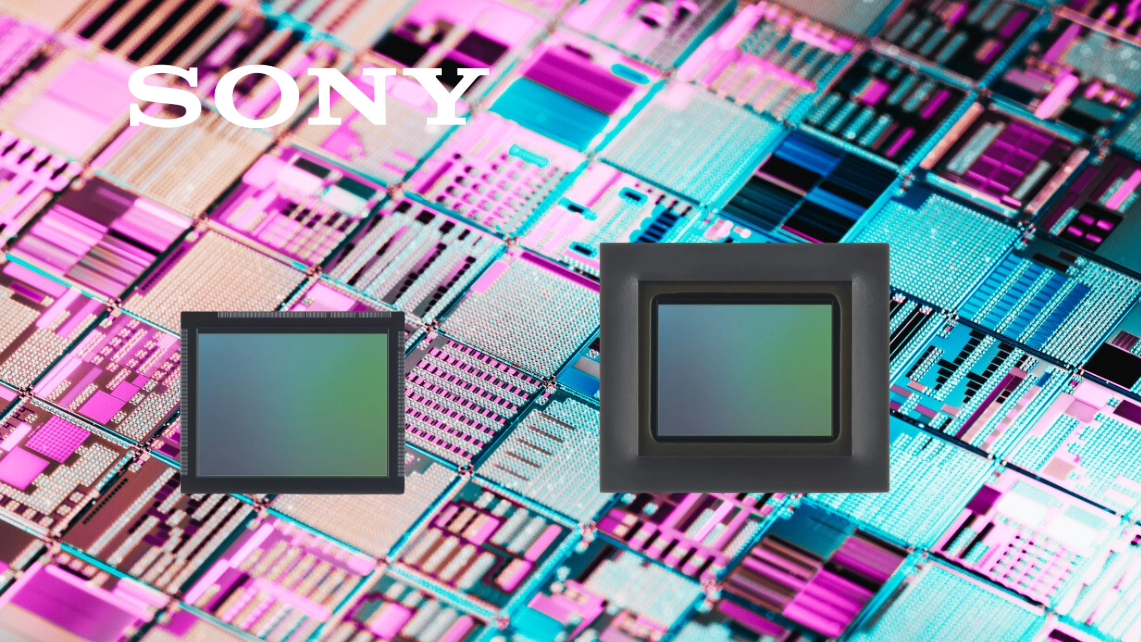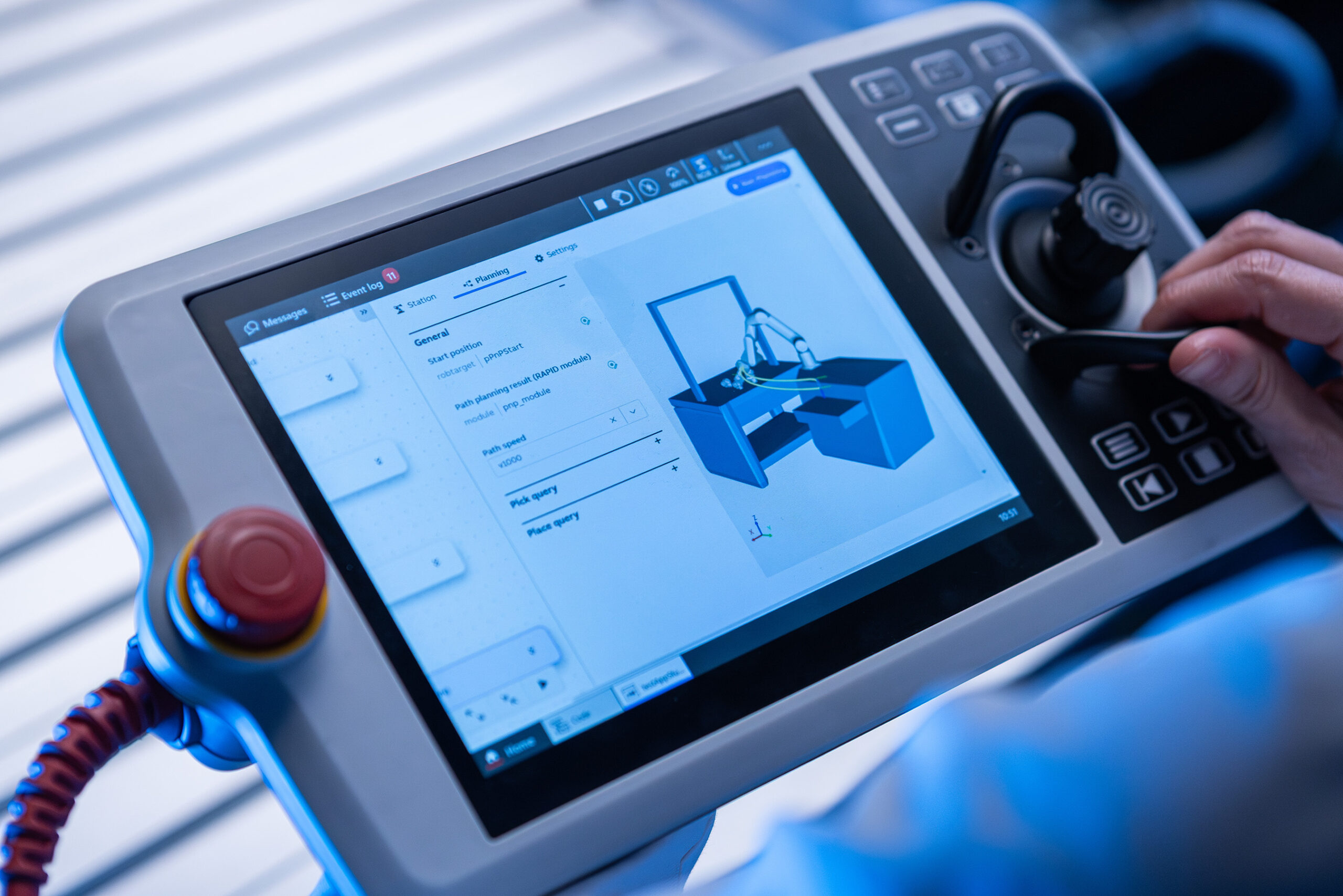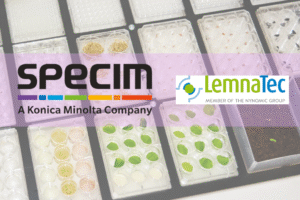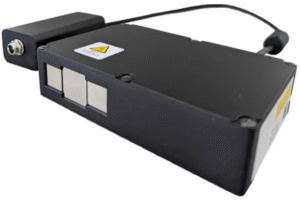On 20 October 2025, STMicroelectronics (STM) announced a significant leap in image-sensor capability with the launch of a new family of 5-megapixel CMOS sensors aimed squarely at high-end industrial automation, security and retail applications.
At the heart of the announcement is the introduction of four new sensors — the VD1943, VB1943, VD5943 and VB5943 — under the company’s BrightSense branding. These devices bring together a blend of technologies that, according to ST, bring both high image detail and robust performance in dynamic environments.
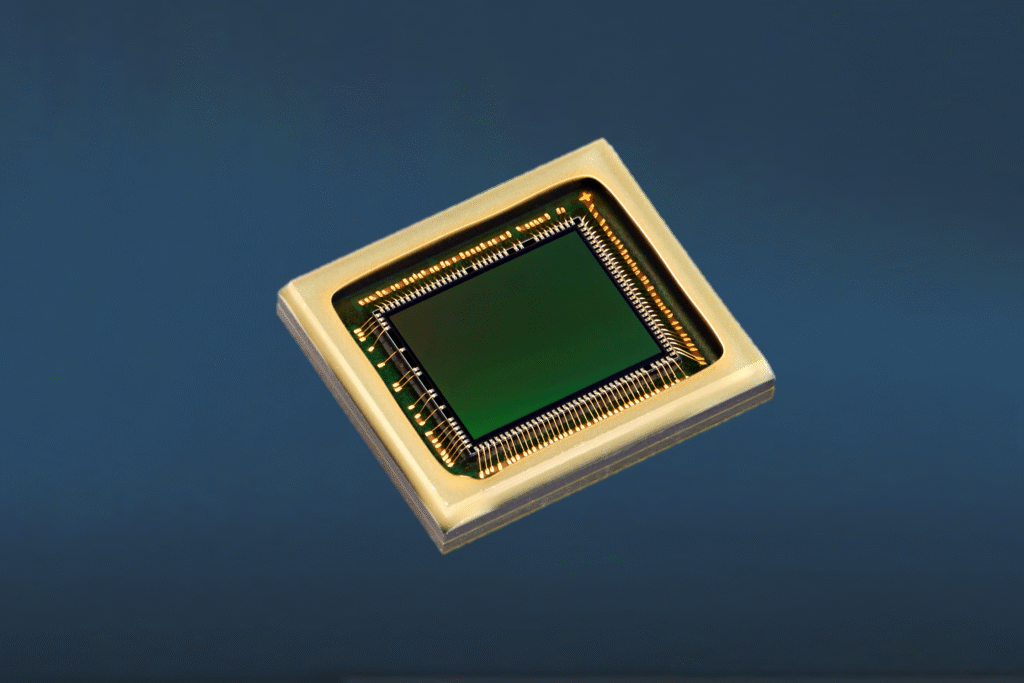
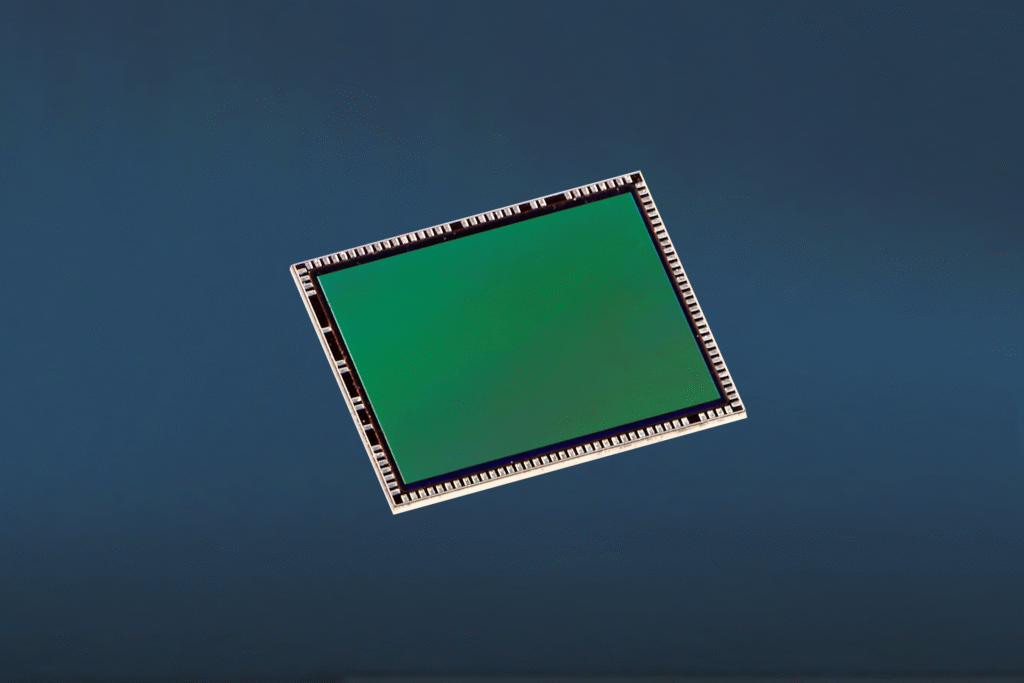
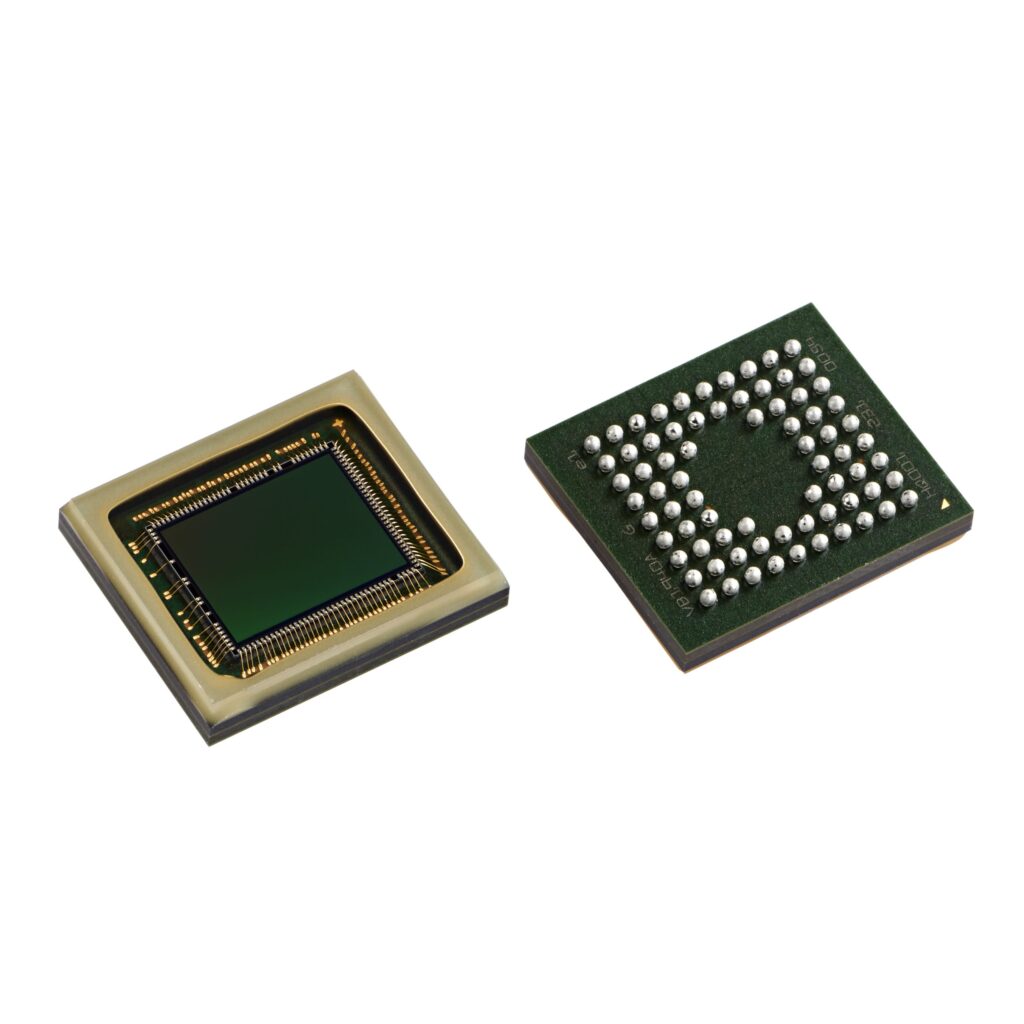
What’s New & Why it Matters
What sets these sensors apart is their hybrid approach: each unit supports both global-shutter and rolling-shutter modes, combined with a compact 2.25 µm pixel architecture, advanced 3D stacking, and on-chip RGB-to-IR (RGB-IR) separation.
In practical terms, this means smaller, more power-efficient designs that can handle fast-moving objects without the motion-artefacts typical of rolling shutter alone, while still capturing detailed imagery in conditions demanding low noise and high precision. ST’s positioning is that a single sensor can now replace what might otherwise have required multiple chips or more complex optical subsystems.
Target Applications & Markets
ST highlights three primary markets: industrial automation (including machine vision and robotics), security (such as biometric identification and traffic management) and smart retail (for example inventory control and automated checkout).
While image sensors are commonly associated with consumer cameras and smartphones, the shift into these more demanding environments opens a new frontier. In factories or logistics hubs, for instance, cameras may need to capture high-speed motion, identify small parts or defects, and work under challenging lighting. Meanwhile, smart retail and security systems are increasingly requiring high resolution, multi-spectral imaging (RGB + IR) and long-term reliability.
Analyst Florian Domengie of Yole Group supports the view that these market segments are expanding: “By 2030, this image sensor market is projected to reach $3.9 billion with over 500 million units shipped.”
Strategic Implications for ST
For STMicroelectronics this launch marks a deepening of its ambitions in sensing and vision technologies. The company already has experience in consumer optics and sensing; now it is applying those capabilities into industrial-grade and embedded-vision territory.
By offering a hybrid shutter architecture and on-chip IR separation, ST may help lower the bill-of-materials (BOM) and simplify module design for its customers. That can translate into faster integration, smaller camera modules and potentially lower cost systems. In high-volume markets such as retail checkout or traffic surveillance, those advantages can matter significantly.
Timing & Next Steps
The four sensors are available for evaluation and sampling now, with mass production slated to begin in February 2026. For prospective customers the evaluation phase will be key: it is during this window that performance, yield and integration compatibility will make or break adoption.
Key metrics to watch will include the image quality under mixed light, frame rate in global-shutter mode, noise floor in low-light settings, IR-capabilities, and how well the sensors perform in real-world automation or security environments. If ST can demonstrate strong performance there, the company could secure design wins across a range of markets.
Challenges & Outlook
However, turning innovation into volume is never trivial. Yield ramp in image-sensor production, especially with advanced pixel architectures and 3D stacking, can present risks. Additionally, while the markets are large, they are also competitive, with multiple players pushing similar visions of machine vision, industrial-IoT cameras and embedded smart sensors.
That said, the combination of hybrid shutter, compact pixel size, on-chip IR separation and ST’s manufacturing scale presents a compelling offering. If STMicroelectronics executes well, it stands to gain a meaningful foothold in next-generation vision systems.
Bottom Line
ST’s new 5 MP BrightSense sensors mark an important step in bringing advanced image-capture capability to industrial automation, security and retail use-cases. With a hybrid shutter architecture, RGB-IR separation and compact pixel design, they offer the kind of flexibility and performance that modern vision systems demand. As mass production approaches in early 2026, the real test will be adoption rate and ecosystem support—but on paper, the pieces are aligned for ST to make a strong play in the rapidly growing industrial vision market.
Learn more at ST MicroElectronics Press Release

